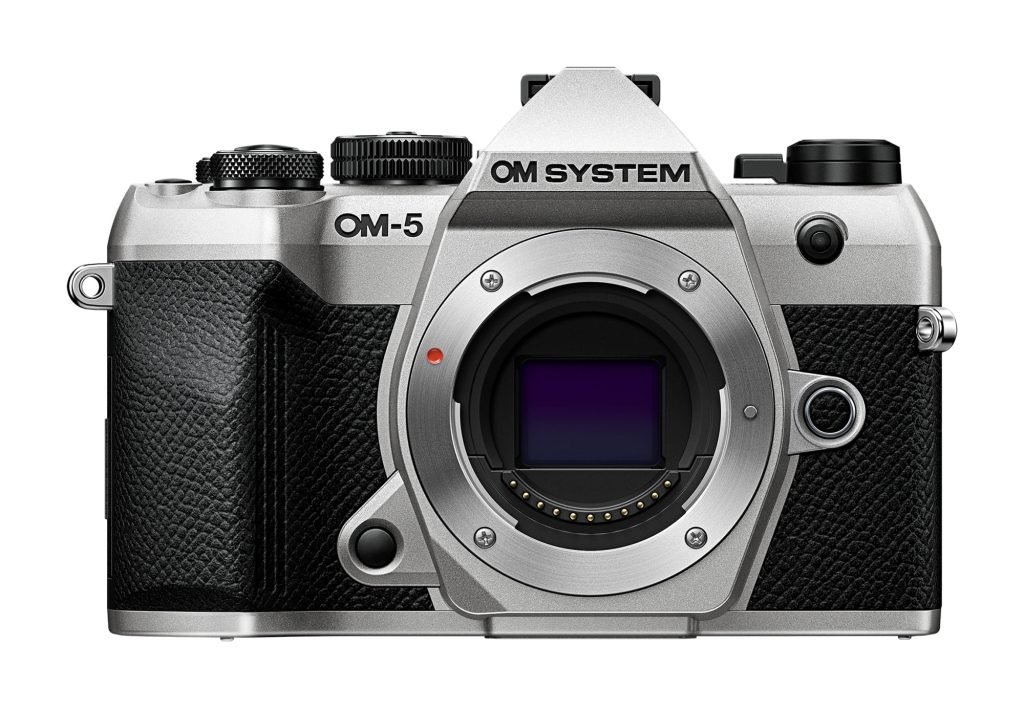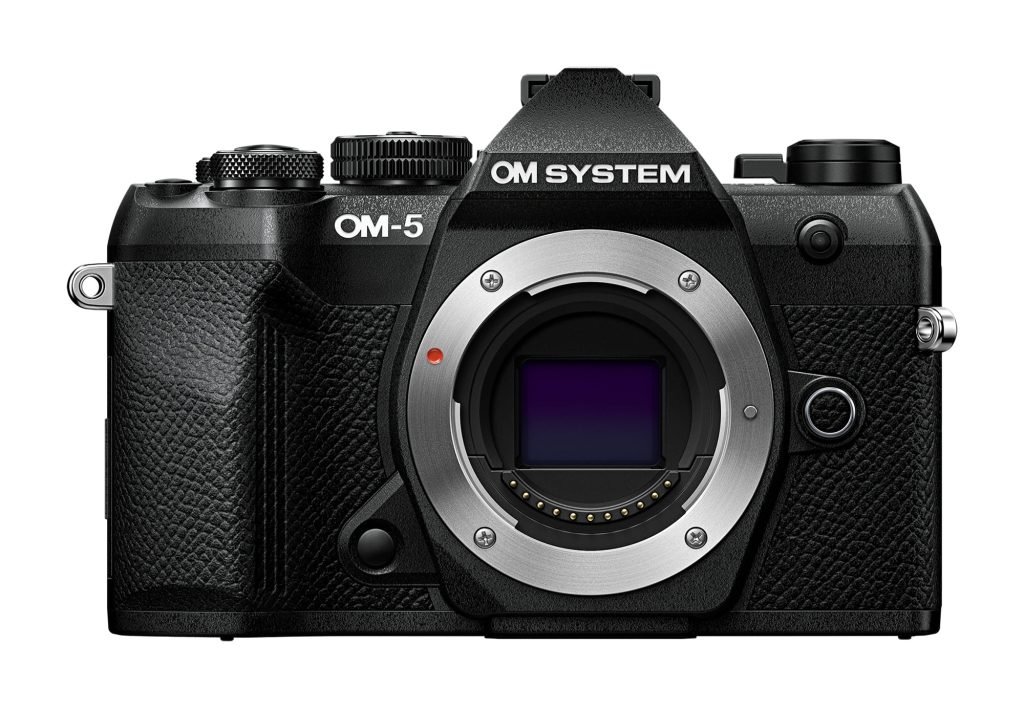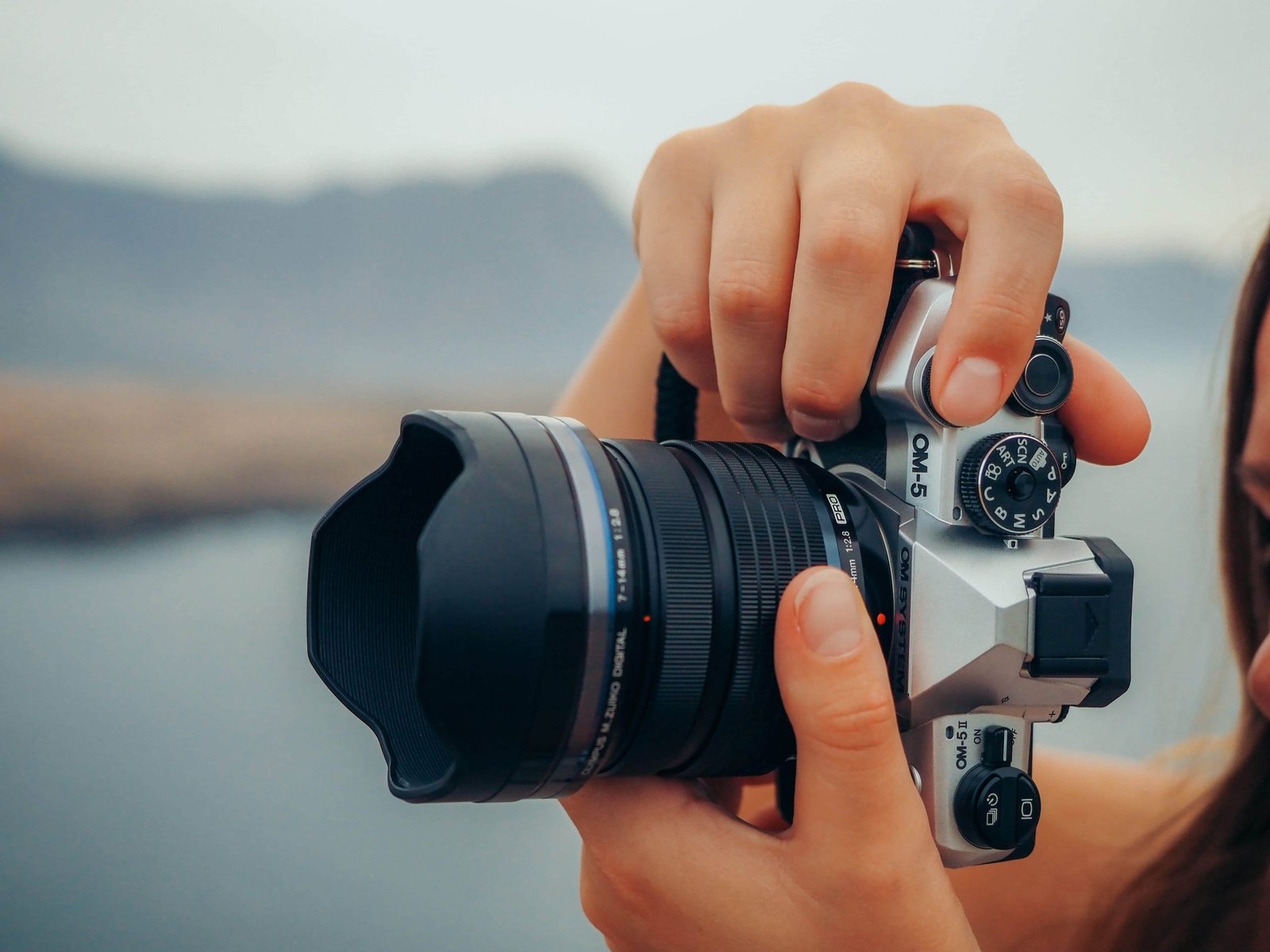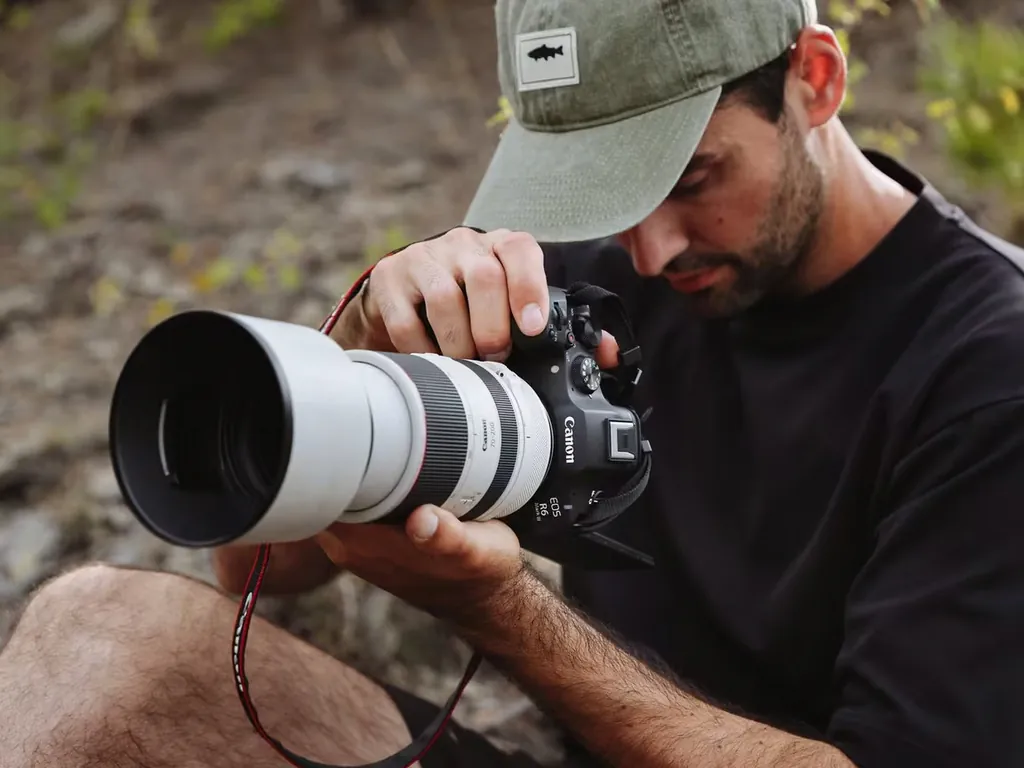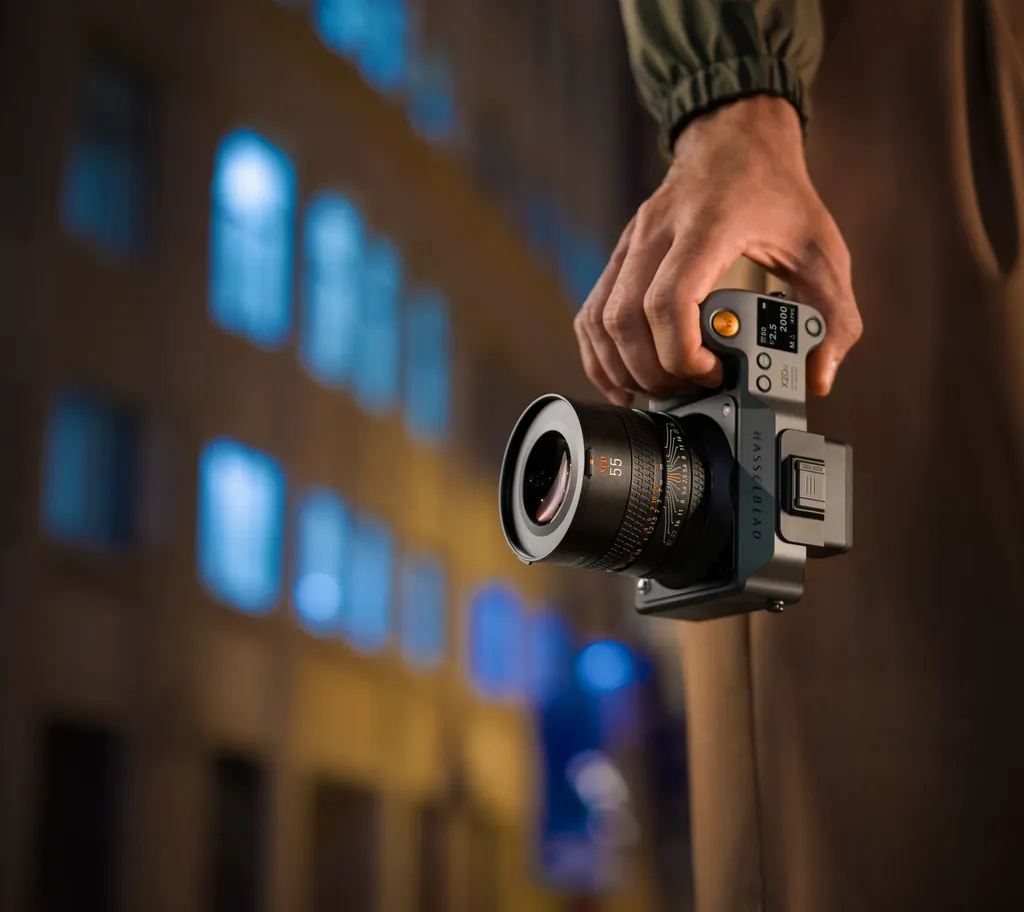The OM SYSTEM OM-5 Mark II represents a significant evolution in the world of ultra-compact mirrorless cameras. As someone who has extensively tested this camera across various challenging conditions, I can confidently say it delivers on its promise of professional image quality in an incredibly portable package. This isn’t just another incremental update – it’s a thoughtfully engineered camera that addresses real-world photography challenges.
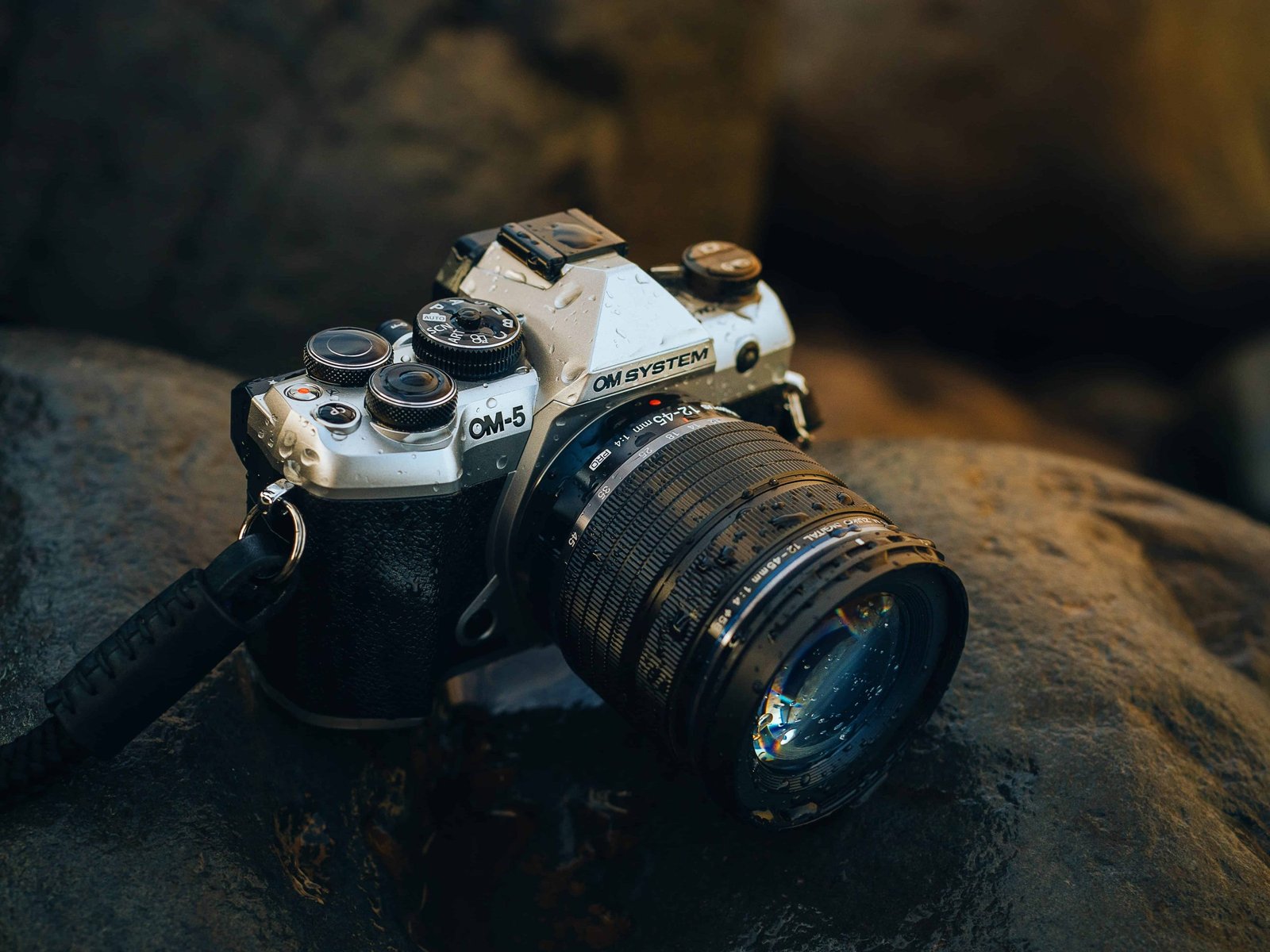
Design and Build Quality
The Good: At 418g with battery and memory card, the OM-5 Mark II feels substantial without being burdensome. The magnesium alloy construction inspires confidence, while the deep grip provides secure handling even with gloves. The button layout is intuitive, with the new Computational Photography button positioned perfectly for thumb access during shooting.
Weather Sealing Performance: The IP53 certification isn’t just marketing speak. I’ve used this camera in Scottish Highland downpours, dusty desert conditions, and freezing mountain environments down to -12°C. The weather sealing holds up remarkably well, though I’d recommend using weather-sealed lenses to maintain the protection level.
Minor Concerns: The rear LCD, while responsive, can be challenging to see in bright sunlight despite the brightness adjustment options. The single SD card slot may concern some professional users, though for the target market, it’s likely adequate.
Image Quality and Sensor Performance
Exceptional Results: The 20.4MP Live MOS sensor paired with the TruePic IX processor delivers outstanding image quality that punches well above its weight class. Colors are vibrant and natural, with excellent dynamic range that recovers detail in both shadows and highlights.
ISO Performance: Clean images up to ISO 3200, with usable results up to ISO 6400. Noise becomes more apparent at ISO 12800, but the detail retention is impressive for such a compact sensor. The camera’s noise reduction algorithms strike a good balance between detail preservation and noise control.
HighRes Mode: The handheld HighRes mode producing 50MP images is genuinely useful, not just a gimmick. While it requires steady hands and works best with static subjects, the results are remarkably detailed. The tripod-mounted 80MP mode produces files that rival much larger sensor cameras.

Autofocus System
Lightning Fast Performance: The 121 cross-type AF points cover the frame comprehensively, and the phase detection system locks onto subjects with impressive speed and accuracy. Eye detection works reliably for both humans and animals, though it occasionally struggles with very small subjects in the frame.
Pro Capture Excellence: This feature alone justifies the camera for wildlife and action photographers. The ability to capture images before fully pressing the shutter has saved countless shots of unpredictable wildlife behavior. The 30fps burst rate in single-point AF is genuinely usable, producing sharp, well-exposed images consistently.
Starry Sky AF: A revelation for astrophotography enthusiasts. What traditionally required manual focus peaking and multiple test shots now happens automatically with remarkable accuracy. This feature has democratized night sky photography.
Image Stabilization
Industry-Leading Performance: The 5-axis sensor-shift stabilization providing up to 7.5 stops of compensation (with compatible Sync IS lenses) is transformative. I’ve achieved sharp handheld shots at 1/4 second with the 12-40mm f/2.8 Pro – something that would have required a tripod with previous systems.
Real-World Impact: The stabilization doesn’t just prevent camera shake; it enables entirely new shooting possibilities. Long exposure effects using the Live ND feature work beautifully handheld, opening creative opportunities that would previously require carrying additional equipment.
Video Capabilities
Solid 4K Performance: The 4K recording at 30p produces detailed, well-stabilized footage. The addition of OM-Log400 provides excellent flexibility for color grading, though the 8-bit recording limits professional applications compared to higher-end models.
Vertical Video: The automatic vertical recording detection works seamlessly and is invaluable for social media content creation. The Full HD 120p slow-motion mode produces smooth results, though the crop factor is noticeable.
Audio Quality: The built-in stereo microphones are adequate for casual recording, but serious videographers will want to use the 3.5mm microphone input with external audio equipment.

Creative Features and Computational Photography
CP Button Integration: Having instant access to advanced features like Focus Stacking, Live Composite, and Multiple Exposure through a dedicated button transforms the shooting experience. These aren’t buried menu items – they’re genuinely accessible tools.
Live Composite Magic: Watching star trails build in real-time on the LCD screen never gets old. The feature works flawlessly for lightning photography, light painting, and astrophotography without the trial-and-error of traditional long exposures.
Art Filters: While some may dismiss these as gimmicks, the Art Filters are well-executed and can save significant post-processing time for creative effects.
Battery Life and Connectivity
Adequate Performance: The 310-shot CIPA rating translates to a full day of moderate shooting. In cold conditions, battery life decreases noticeably, so carrying spares is advisable for extended outdoor sessions.
USB-C Charging: The ability to charge via USB-C from a power bank is invaluable for multi-day adventures. The charging is reasonably quick, though it only works when the camera is powered off.
Wireless Connectivity: The OI.Share app works reliably for image transfer and remote control. The wireless shooting capabilities are particularly useful for solo travelers wanting to include themselves in landscape shots.
Who Should Buy the OM-5 Mark II?
Perfect For:
- Travel photographers who prioritize portability without sacrificing image quality
- Hiking and outdoor enthusiasts who need weather-sealed reliability
- Content creators requiring both stills and video in a compact package
- Astrophotography beginners wanting accessible night sky capabilities
- Street photographers valuing discretion and silent shooting modes
Consider Alternatives If:
- You primarily shoot in very low light conditions where larger sensors excel
- Professional video work requiring 10-bit recording or longer recording times
- You need dual memory card slots for redundancy
- Budget constraints make the Micro Four Thirds lens ecosystem prohibitive
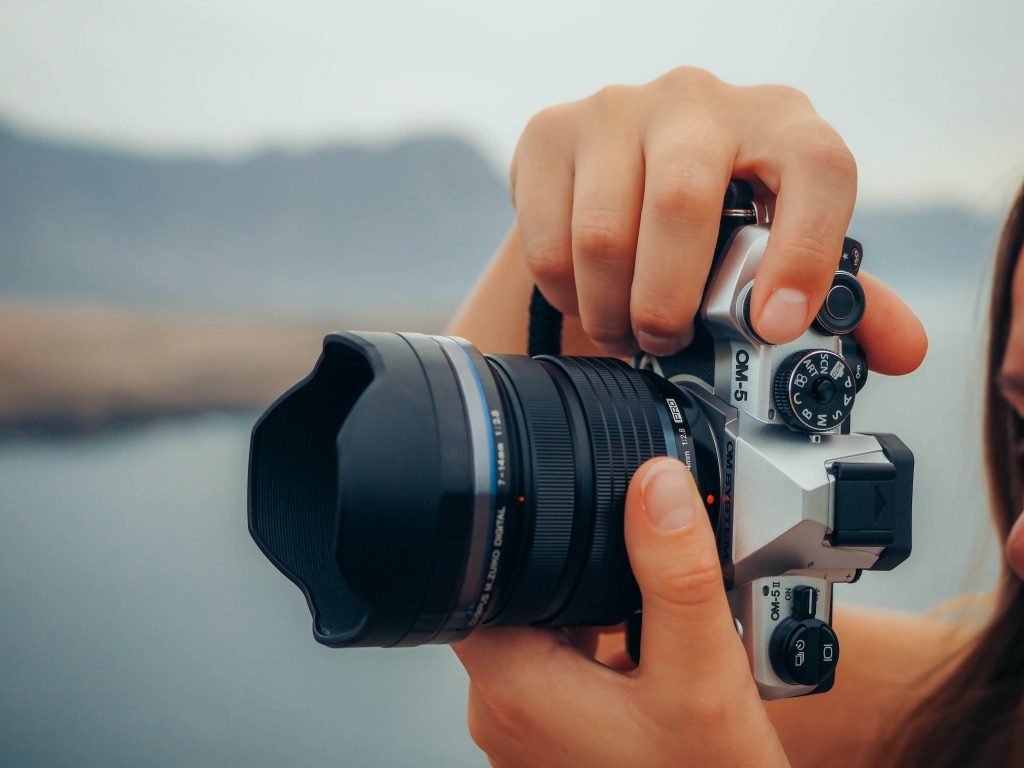
Final Verdict
The OM SYSTEM OM-5 Mark II successfully bridges the gap between compact convenience and professional capability. It’s not trying to be everything to everyone – instead, it excels at being exactly what outdoor and travel photographers need: a reliable, weather-sealed camera that produces exceptional images without weighing down your pack.
The combination of advanced image stabilization, thoughtful creative features, and robust build quality creates a camera that enables rather than limits your photography. While it may not match the absolute image quality of larger sensor cameras in extreme conditions, for 90% of photography situations, the OM-5 Mark II delivers results that will satisfy even demanding photographers.
Rating: 4.5/5 stars
The OM-5 Mark II represents the pinnacle of what’s possible in ultra-compact camera design. It’s a tool that gets out of your way and lets you focus on creating images, which is ultimately what photography is about. For photographers who value mobility without compromise, this camera is hard to beat.
Buy The OM-5 Mark II
